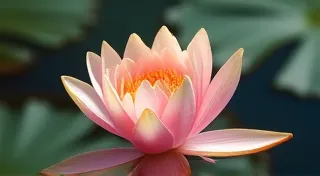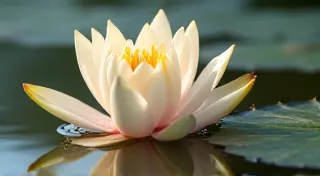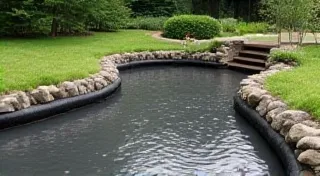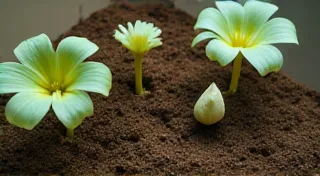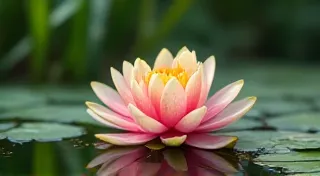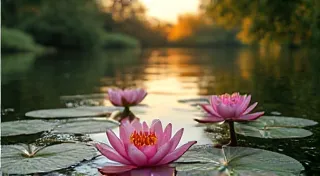Pest and Disease Control for Water Lilies: Prevention and Treatment
Water lilies are the jewels of any pond or water garden. Their beautiful blooms and lush foliage add a touch of tranquility and elegance. However, like all plants, water lilies can be susceptible to pests and diseases. Maintaining a healthy pond environment is the best defense, but knowing how to identify and treat problems is crucial for keeping your water lilies thriving. This article explores common issues and offers both preventative measures and natural treatment options.
Prevention is Key: Maintaining a Healthy Pond
The most effective way to deal with pests and diseases is to prevent them from taking hold. Here's how to create a pond environment that encourages healthy water lily growth:
- Water Quality: Regularly test and maintain proper water quality. Good circulation, adequate sunlight (at least 6 hours daily), and appropriate pH levels (ideally 6.5-8.0) are essential.
- Filtration: A good filtration system removes debris and helps keep the water clear, reducing the risk of fungal and bacterial infections.
- Planting Density: Avoid overcrowding your pond. Adequate spacing between plants allows for better air circulation and reduces the chances of disease spread.
- Remove Debris: Regularly remove fallen leaves, decaying plant matter, and algae. These materials can harbor pests and diseases.
- Quarantine New Plants: Before introducing new water lilies or other aquatic plants to your pond, quarantine them in a separate container for a few weeks to observe them for any signs of pests or diseases.
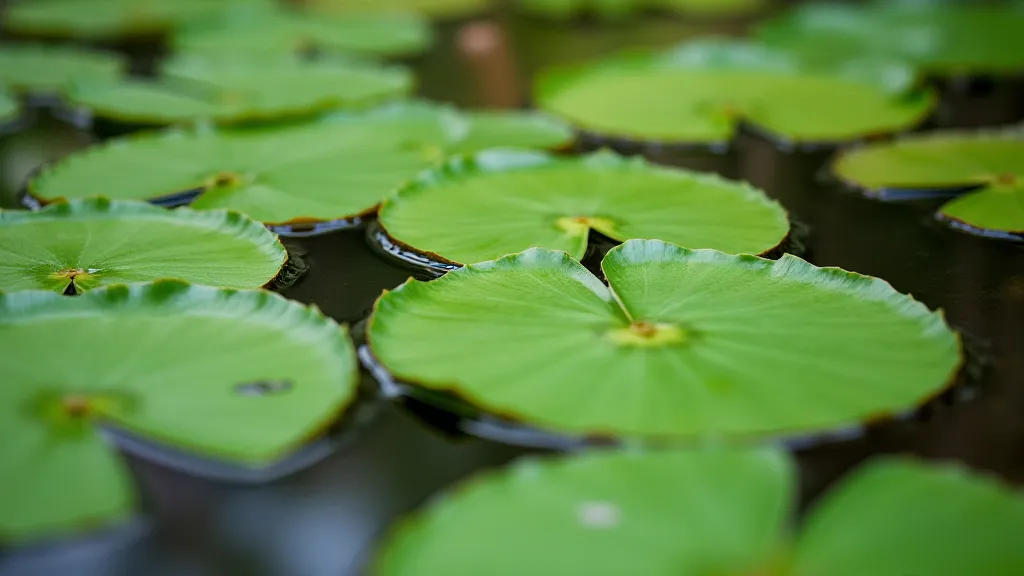
Common Pests and Their Treatment
While preventative measures significantly reduce the likelihood of pest infestations, sometimes issues arise. Here are some common water lily pests and natural ways to manage them:
- Snails: Snails can quickly decimate water lily leaves and stems. Manual removal is often effective for smaller infestations. Introducing natural predators like freshwater shrimp or frogs can help control snail populations.
- Leeches: Leeches attach to water lily leaves and stems, feeding on plant tissue. Hand-picking is the primary method of control. Ensure good water circulation to discourage them.
- Caddisfly Larvae: These larvae feed on aquatic plants, including water lily leaves. They are often mistaken for snails. Like snails, hand removal is effective.
- Aphids: While less common on water lilies than on terrestrial plants, aphids can sometimes appear. A strong spray of water from a hose can dislodge them. Beneficial insects, like ladybugs, are also helpful.
Recognizing and Treating Water Lily Diseases
Water lilies can also be affected by various diseases. Early identification and appropriate treatment are vital to prevent severe damage.
- Leaf Spot (Algae/Fungal): Characterized by circular, often brown or black spots on the leaves. Improve water circulation, reduce nutrient levels (through water changes), and ensure adequate sunlight. Copper-based algaecides (use cautiously and according to instructions) can help control fungal leaf spot.
- Root Rot: Caused by oxygen deficiency in the soil. It causes the roots to turn black and mushy. Improve water circulation, consider adding oxygenating plants, and ensure the soil isn't compacted.
- Water Mold (Saprolegnia): This appears as fluffy, white growth on leaves and stems. It thrives in stagnant water. Improve water circulation, increase aeration, and consider using a mild antiseptic solution (diluted hydrogen peroxide or potassium permanganate) – use with extreme caution.
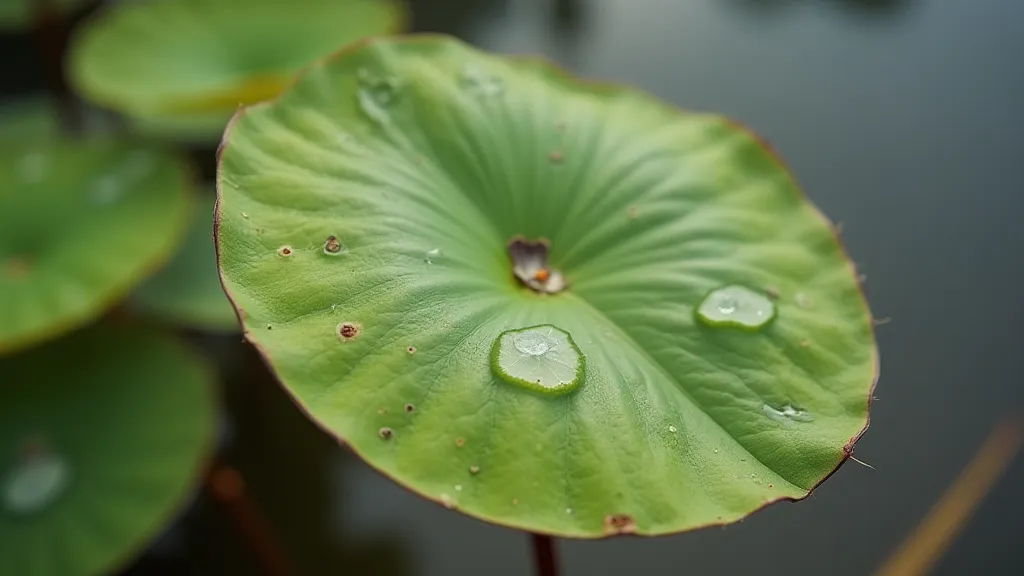
Important Considerations
When dealing with pond pests and diseases, always remember:
- Observe Regularly: Regularly inspect your water lilies and pond for any signs of problems.
- Avoid Chemical Treatments: Whenever possible, opt for natural and preventative measures. Chemical treatments can disrupt the pond's ecosystem and harm beneficial organisms.
- Proper Dosage: If chemical treatments are necessary, follow the product instructions carefully and use the minimum effective dosage.
- Beneficial Bacteria: Consider adding beneficial bacteria to your pond. These bacteria help break down organic matter and improve water quality, creating a healthier environment for your water lilies.

By following these preventative measures and treatment options, you can enjoy the beauty and tranquility of your water lilies for years to come.
